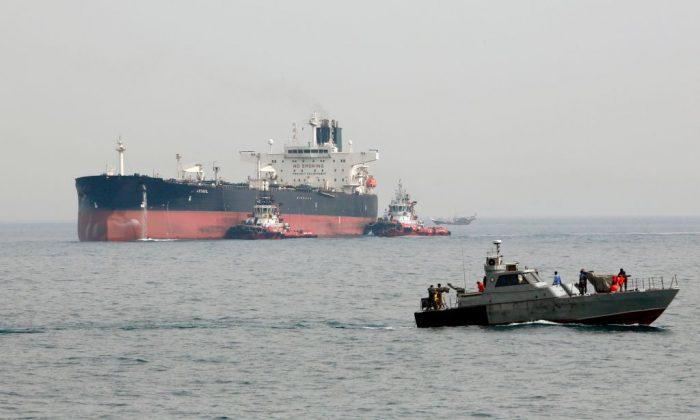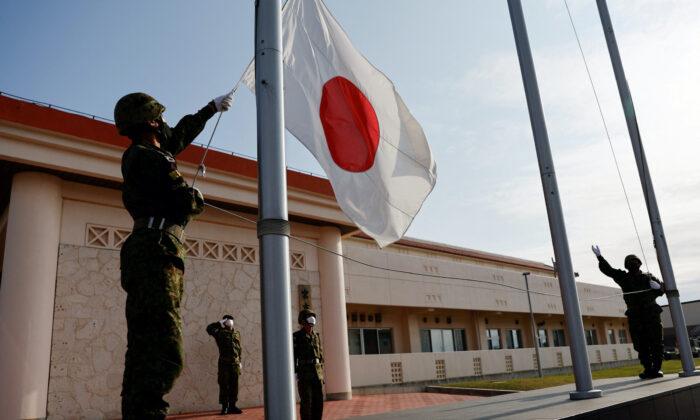Jianzhou Bay is located near Qingdao, a port city in eastern China’s Shandong Province.
Salina loaded oil on Kharg Island, an island in the Persian Gulf belonging to Iran, around May 28, according to Samir Madani, co-founder of TankerTrackers.com. The independent tracking service analyzed satellite images provided by California-based imaging company Planet Labs.
“This is the first Iranian tanker that has delivered crude oil that had departed Iran after the U.S. removed the waivers in early May, with the exception of oil Iran has been sending to Syria,” Madani told FT.
“Based on tankers we have been tracking, we expect China to take more Iranian oil in the coming days,” he added, elaborating that another Iranian supertanker capable of carrying 2 million barrels, appeared to be headed toward Tianjin, a port city located in northeastern China, and would arrive in the next 24 hours.
Iran supplied 255,065 barrels per day to China in May, down from 792,380 barrels per day in April, according to FT. The average in 2018 was 586,241 barrels per day.
An unnamed Iranian regime insider told FT that actual oil sales were higher than what’s shown through publicly-available data, as Iran had rearranged its tanker routes.
“We still have many ways to sell crude. One may be surprised to hear that we even sell crude to some European refineries by rerouting and at higher costs for us,” the insider said, without naming any particular company.
Earlier this week, Iran’s oil minister Bijan Namdar Zanganeh told local news agency Fars that media reports of a significant drop in the amount of Iranian oil exports in June were lies.
According to the April statement by the White House, the Iranian regime has used oil revenues to “support its destabilizing activities and fund terrorist proxies throughout the world” and “finance their nuclear weapons and ballistic missile programs that threaten the region and the United States.”





